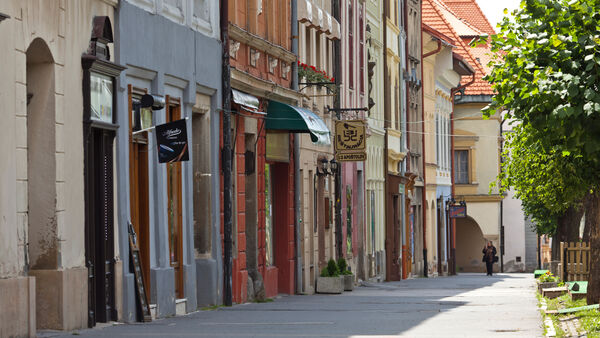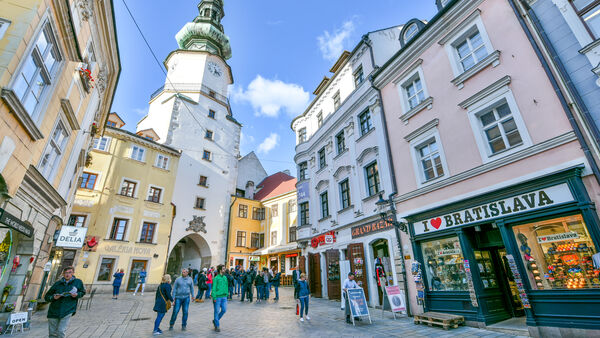Slovakia’s Struggles...and Successes


By Rick Steves and Cameron Hewitt
In many ways, Slovakia can be seen as something akin to the West Virginia of Europe — relatively poor and undeveloped, but serenely beautiful in its own rustic way.
Recent economic reforms have caused two very different Slovakias to emerge: the modern, industrialized, flat, affluent west, centered on the capital of Bratislava; and the remote, poorer, mountainous, "backward" east, with high unemployment and traditional lifestyles.
Slovakia has spent most of its history as someone else's backyard. For centuries, Slovakia was ruled from Budapest and known as "Upper Hungary." At other times, it was an important chunk of the Habsburg Empire, ruled from neighboring Vienna. But most outsiders think first of another era: the 75 years that Slovakia was joined with the Czech Republic as the country of "Czechoslovakia." From its start in the aftermath of World War I, this union of the Czechs and Slovaks was troubled; some Slovaks chafed at being ruled from Prague, while many Czechs resented the financial burden of their poorer neighbors to the east.
After they gained their freedom from the communists during 1989's peaceful "Velvet Revolution," the Czechs and Slovaks began to think of the future. The Slovaks wanted to rename the country Czecho-Slovakia, and to redistribute power to give themselves more autonomy within the union. The Czechs balked, relations gradually deteriorated, and the Slovak nationalist candidate Vladimír Mečiar fared surprisingly well in the 1992 elections. Taking it as a sign that the two peoples wanted to part ways, politicians pushed through (in just three months) the peaceful separation of the now-independent Czech and Slovak Republics. (The people in both countries never actually voted on the change, and most opposed it.) The "Velvet Divorce" became official on January 1, 1993.
At first the Slovaks struggled. Communist rule had been particularly unkind to them, and their economy was in a shambles. Visionary leaders set forth bold solutions, including the 2003 implementation of a flat tax (19 percent), followed by EU membership in 2004. Before long, major international corporations began to notice the same thing the communists had: This is a great place to build stuff, thanks to a strategic location (300 million consumers live within a day's truck drive), low labor costs, and a well-trained workforce. Not surprisingly, multiple foreign automakers have plants here. Today Slovakia produces one million cars a year, making the country the world's biggest car producer (per capita) and leading the New York Times to dub Slovakia "the European Detroit."
The flat tax and other aggressively pro-business policies have not been without their critics — especially in the very impoverished eastern half of the country, where poor people feel they're becoming even poorer. With the rollback of social services, some seem to have been left behind by Slovakia's bold new economy.
Even so, particularly if you zoom in on the success story in Bratislava, the evidence is impressive. Bratislava has only 5 percent unemployment, and 90 percent of its residents are satisfied living there (beating out Rome, Madrid, and even Paris). In 2009, Slovakia adopted the euro currency. While most of Europe is struggling through difficult economic times, much of Slovakia seems poised for its brightest future yet.
Cameron Hewitt is the co-author of the Rick Steves Central Europe guidebook.

